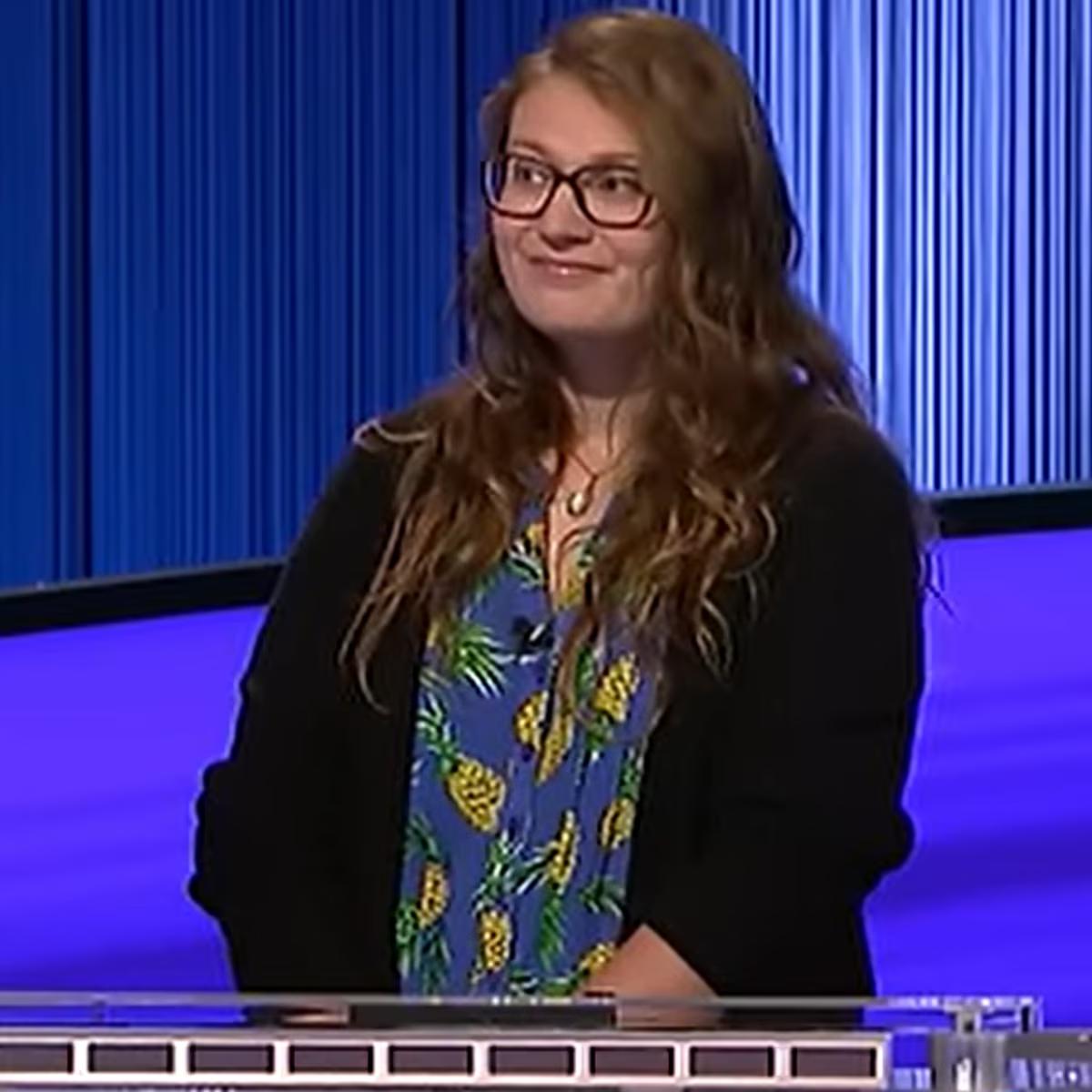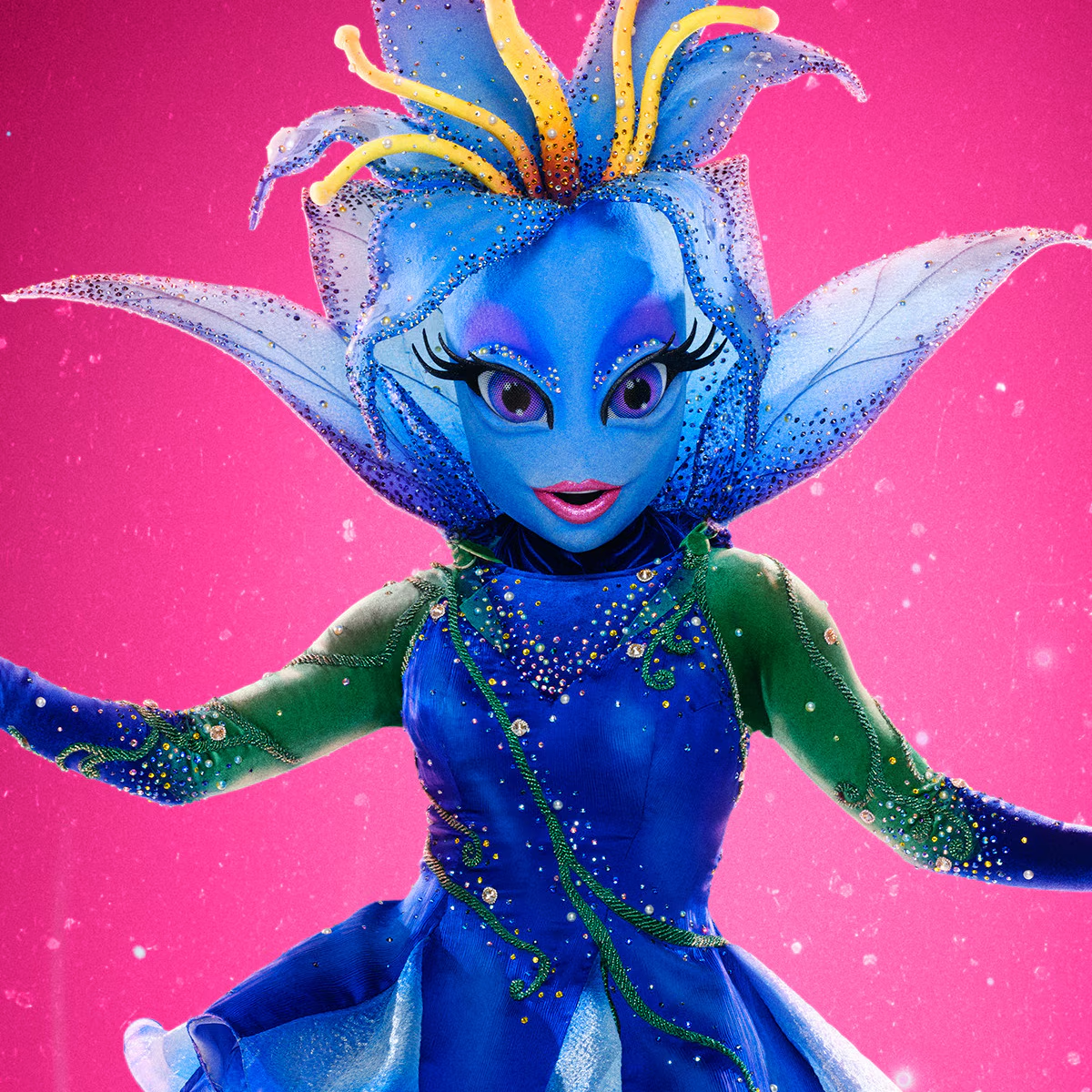Rabbit and Opossum come to life in 'Ancient Night' — a new twist on an old legend
A decade ago, Mexican illustrator David Álvarez took a trip and got the idea for his children's book, Ancient Night.
Spain — the cities, the culture — reminded him a lot of home. The similarities made him want to research the history of Mexico and Central America before the Spanish conquest.
So Álvarez started reading. He came across many myths, including one that stuck with him: the story of the rabbit and the moon.
According to legend, the dark spots on the moon are the tracks of a rabbit. But how did the tracks get there? People in Mesoamerica have several different stories.
Some claim the rabbit was hurled there to lessen the moon's glow.
In other tales, the rabbit is the caretaker of the moon.
Or the rabbit is a child of the moon, who runs away and has to be returned by the sun.
"It was from that myth that I started looking for more information on mythology," says Álvarez, speaking in Spanish through an interpreter. "I found out about the relationship between animals and symbolic actions that are attributed to them."
Álvarez realized he could use animals to illustrate a story about human nature that would be rooted in the legends of Indigenous people. He began work on what would become Ancient Night — a unique story based on several different mythologies, including that of Lord Opossum, who is said to have ruled the earth in a time before humans lived in cities.
Álvarez's illustrations were first published as a wordless book. Earlier this year, author David Bowles added the text — in both English and Spanish.
"I said yes before I actually thought about what that meant," says Bowles. "Taking a wordless text and translating it into English means creating the text for the first time in English. You're translating the intent of the author."
Álvarez sent notes on the basic plot, and Bowles took it from there.
In Ancient Night, Rabbit is the guardian of the moon. Every night she fills it with sap, or agua de miel, from the holy agave plant. Rabbit's rival, Opossum, becomes jealous.
"Why should you get every drop? he thought," Bowles writes.
So Opossum cracks open the moon, drains the sap, and drinks it all.
The world falls into darkness.
Ancient Night was Álvarez's first time illustrating in color — he usually works in black and white. That's how he started this project, as well.
"But," he explains, "in my research I came across a lot of Mexican paintings ... Diego Rivera, Rufino Tamayo, Alfaro Siqueiros ... I feel like that influenced me a lot." He kept black and white, but began to add green, and then other colors.
"It was a slow process," says Álvarez.
In the end, the earth is painted in deep, rich reds and greens. The moon is a pale yellow orb in a pitch black sky.
"Darkness and light, that duality of light and shadows. I use it all the time in my work," says Álvarez.
The book, though, doesn't feel dark. It feels vivid and vibrant.
"It's a difficult thing to do," says Bowles. "David has managed to, in the darkness, to keep color alive."
Bowles had studied Nahuatl — the language of the Aztecs — and he already had experience with these myths before he was asked to work on this book.
"I had translated and re-told the stories separately a couple of times," Bowles says. "But it was just ingenious, the impact that interweaving them had on me."
In the story, Rabbit confronts Opossum.
Bowles writes: "Rabbit cried out. 'Now, no heavenly light can shine upon the earth.'"
Opossum realizes that his jealousy has caused real harm. He knows he needs to come up with a solution, so he travels underground, to where the gods have been preparing the other light that's going to be in the sky — the sun.
Opossum steals the sun, but it costs him dearly: the fur from the tip of his tail.
Rabbit and Opossum become friends and twin guardians of the light.
"So it's just a really lovely story about rivalry and jealousy and how you can repair damage that you've done," says Bowles.
Both Bowles and Álvarez say they hope this story is a gateway for Mexican and Mexican American kids to these legends, since neither the author — who grew up in a Mexican American family on the border — nor the illustrator — who has Indigenous roots — grew up hearing these myths at home.
"My family and all Mexican American families had something subtracted from them through conquest and colonialism," says Bowles.
But working on the story of Rabbit and Opossum — and working on it with his name-twin, his tamayo — gives Bowles hope.
"It gives me hope that all the good things about being human beings can endure," Bowles says. "And that goodness has endured and that we'll be OK."
Disclaimer: The copyright of this article belongs to the original author. Reposting this article is solely for the purpose of information dissemination and does not constitute any investment advice. If there is any infringement, please contact us immediately. We will make corrections or deletions as necessary. Thank you.







